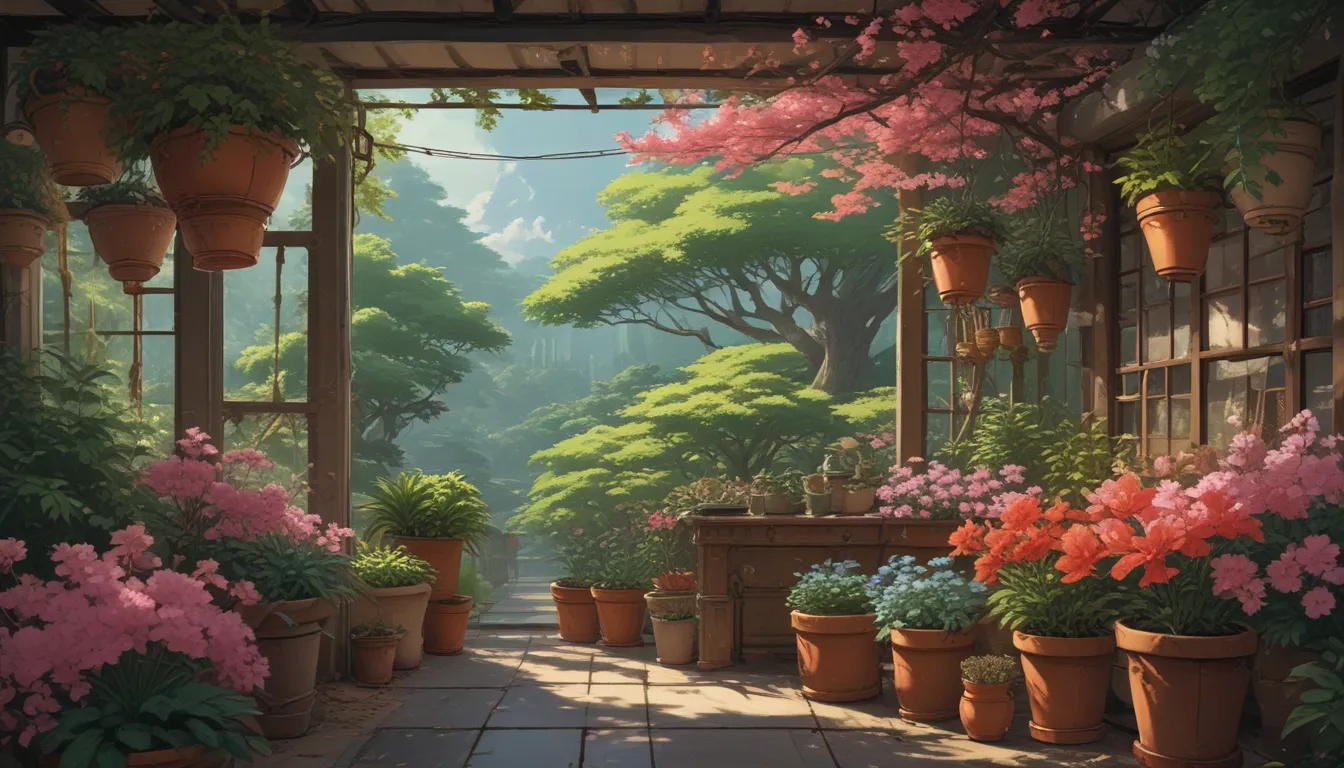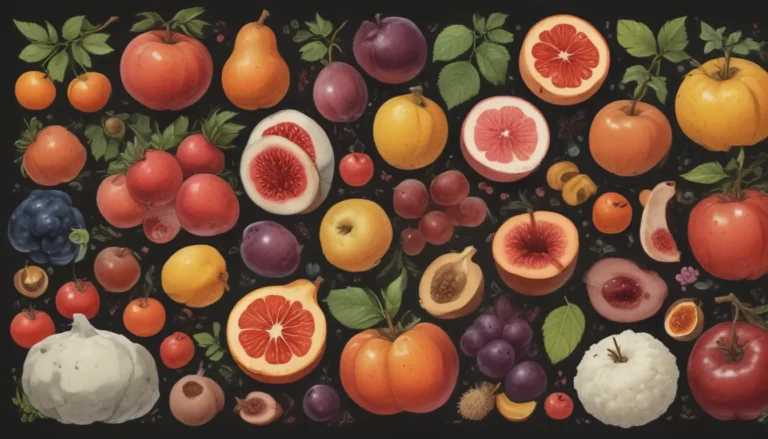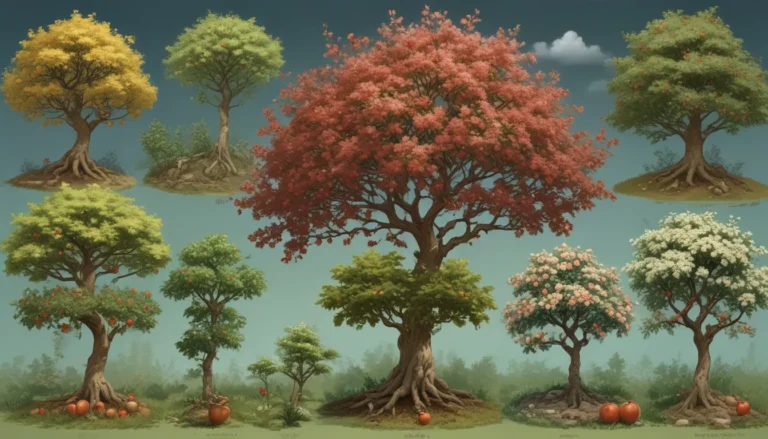The Comprehensive Guide to Growing and Caring for Azaleas in Containers

If you adore the vibrant burst of color that azaleas can bring to your outdoor space but lack garden space, why not consider growing them in containers?
Azaleas thrive in partially shady environments, making them perfect for patios, porches, and even apartment balconies.
In this in-depth guide to growing azaleas, we will look at everything you need to know about cultivating these flowering shrubs in containers.
Before we delve into the process, it’s essential to understand the toxicity of these shrubs. Ingesting any part of the plant or consuming honey made from bees that feed on azalea flowers can lead to low blood pressure, a lowered heart rate, and arrhythmia. Hence, it’s crucial to keep children and pets away from azaleas.
Now, let’s dive into the world of growing beautiful azaleas in containers!
What You’ll Learn
- Getting Started
- Why Grow in a Container?
- Choosing the Right Container
- Preparing Your Container
- How to Grow
- Growing Tips
- Cultivars to Select
- Managing Pests and Disease
- Best Uses
Getting Started
Before we discuss choosing the right container, let’s differentiate between deciduous and evergreen azaleas.
Deciduous azaleas typically have leaves up to six inches long and produce single-flowered blossoms. They are hardy in Zones 4-8.
On the other hand, evergreen varieties bloom with single or double-flowered blossoms and are only hardy in Zones 6-9. Some well-known species include R. simsii, R. indicum, and R. poukhanense.
Hybrid varieties, such as Encore®, Kurume®, and Northern Lights®, offer a range of options to explore.
Deciduous
- Leaf Length: Up to six inches
- Flower Colors: Pink, purple, orange, red, white, and yellow
- Growth Habit: Upright
Evergreen
- Two sets of leaves: Spring leaves followed by thicker winter leaves
- Flowers: Shades of purple, pink, red, white, and orange
Why Grow in a Container?
There are several reasons why growing azaleas in containers might be ideal:
- Lack of garden space
- Ability to bring them indoors in colder climates
- Controlling soil conditions for acid-loving plants
By growing azaleas in containers, you have the flexibility to move them as needed and provide specific care tailored to their requirements.
Choosing the Right Container
When selecting a container for your azaleas, consider the mature size of the plant:
- Height: 4-6 feet (standard), 2-3 feet (dwarf)
- Spread: 4-6 feet (standard), 2-3 feet (dwarf)
Ensure the container is at least two feet wide and deep, with sufficient drainage holes. Materials like plastic, concrete, and wood can work well, as long as they provide adequate space for root growth.
Consider options like the Cast Stone Acanthus Pot with Saucer for a stylish and practical choice.
Preparing Your Container
Fill the container with well-draining, acidic soil with a pH of 4.5-5.5. Opt for a potting mix designed for acid-loving plants, like the Kellogg Garden Organics Shade Mix.
Maintain a two-inch gap between the soil and the container rim to prevent water overflow. Avoid using soil from your yard to prevent introducing pests or diseases.
After planting, water thoroughly until liquid drains from the bottom. Provide full sun or partial shade, with an emphasis on morning sunlight.
How to Grow
After planting your azaleas, ensure adequate sunlight, ideally around six hours per day. Monitor soil moisture and water when the top inch dries out to prevent overwatering.
Fertilize in early spring with acid-loving plant fertilizer, such as Dr. Earth Organic Fertilizer. Pruning deciduous varieties after the first bloom can help maintain size and shape.
Mulch containers in winter to insulate roots, and consider bringing deciduous plants indoors in colder climates. Address pests and diseases promptly with appropriate treatments.
Growing Tips
- Choose a sunny or partially shaded location.
- Water when the top inch of soil is dry.
- Fertilize annually in early spring.
- Prune after the first bloom to maintain shape.
- Understand optimal bloom times for vibrant flowers.
Cultivars to Select
Consider these top azalea cultivars for successful container-growing:
Autumn Moonlight
- Type: Evergreen
- Flower Color: White with yellow throat
- Height: 3 feet
- Spread: 4 feet
- Hardiness: Zones 7-10
Hino-Crimson
- Type: Evergreen
- Flower Color: Crimson
- Height: 2-3 feet
- Spread: 3-5 feet
- Hardiness: Zones 5-9
Lemon Lights
- Type: Deciduous
- Flower Color: Yellow
- Height: 4-5 feet
- Spread: 4-5 feet
- Hardiness: Zones 4-9
Explore these cultivars to add color and beauty to your container garden.
Managing Pests and Disease
Monitor azaleas for common pests like lace bugs and spider mites. Take preventive measures like maintaining proper drainage and watering at the base of plants to minimize fungal diseases.
In case of infections, treat with appropriate fungicides or insecticidal soaps tailored to azaleas. Regularly inspect leaves for signs of damage and take prompt action to preserve plant health.
Best Uses
Enhance your outdoor space with potted azaleas by lining walkways, decorating porches, or adding vibrant color to patios. Consider cutting blooms for indoor arrangements for a cheerful touch.
Practice good care habits to ensure long-lasting growth and blooming for your container azaleas.
Conclusion: Brighten Your Space with Container Azaleas
Growing azaleas in containers offers a versatile and colorful addition to your outdoor decor. With proper care, you can enjoy vibrant blooms and lush foliage throughout the year.
Share your container azalea experiences, questions, or comments below. And remember to check out our recommendations for growing other delightful shrubs in containers for a flourishing garden.
In this detailed guide, we’ve explored the beauty and versatility of growing azaleas in containers. From selecting the right cultivars to managing pests and diseases, you now have the tools to create a stunning container garden. Happy planting!





